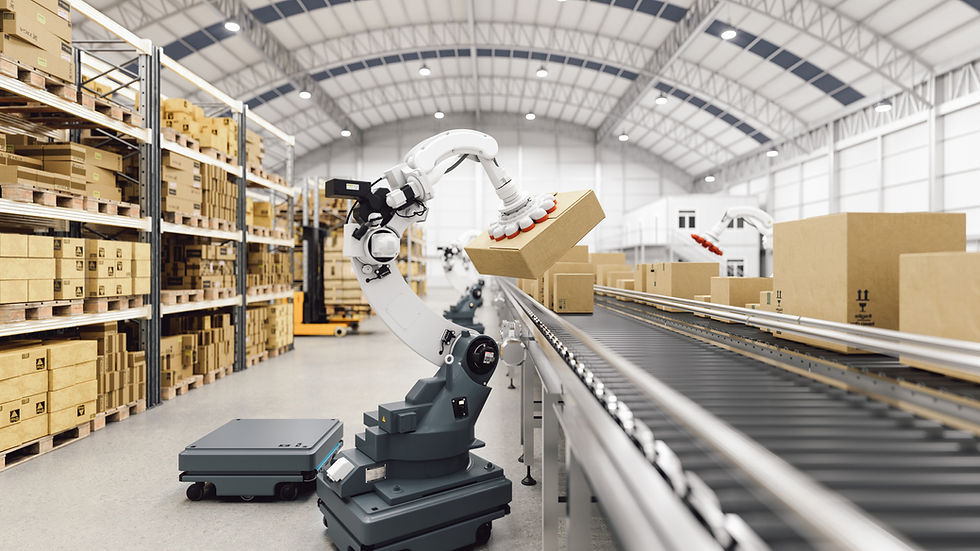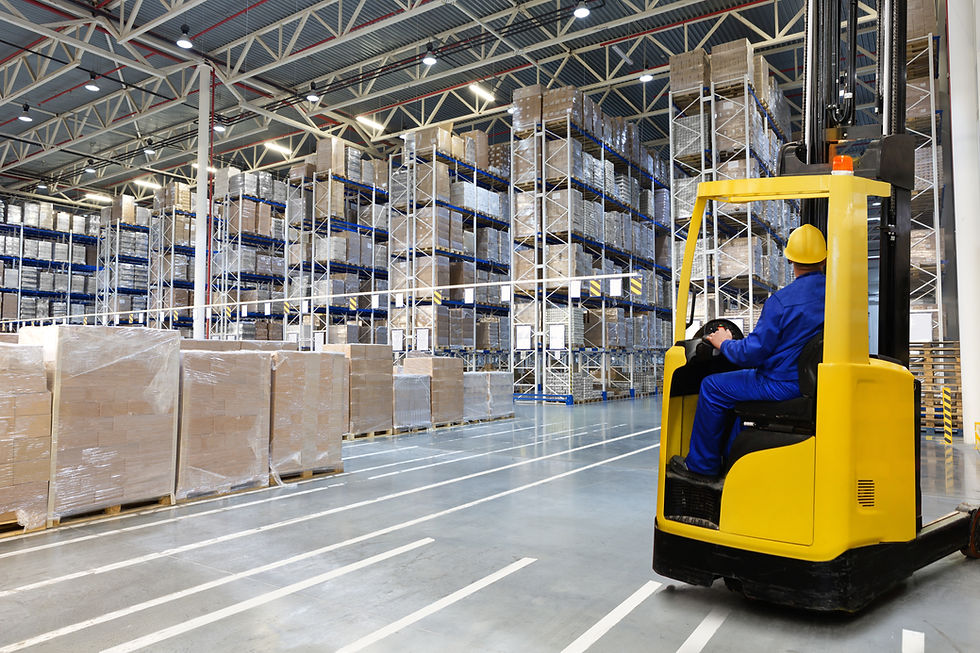The Future of Making Things: How Smart Manufacturing Is Reshaping Global Production
- Current Business Review Staff

- Mar 15
- 2 min read

In 2025, the world of manufacturing is undergoing a transformation that goes far beyond robotics or factory automation. We are witnessing a shift from mass production to intelligent production—where every process is optimized by data, every facility is digitally connected, and every output is driven by speed, precision, and sustainability.
From automotive to apparel, electronics to energy, companies across the globe are redesigning how things are made. And in this new era, efficiency is no longer enough—adaptability and intelligence are the new standard.
From Automated to Autonomous
For decades, automation focused on fixed routines—assembly lines built for consistency. Today, we’re entering a stage where manufacturing systems can learn, respond, and self-correct in real time.
Smart manufacturing now includes:
• AI-powered production planning and demand forecasting
• Digital twins that simulate outcomes before changes are made
• Predictive maintenance to reduce downtime
• Real-time monitoring across global factories via IoT sensors
• Machine learning models that adjust processes based on performance and environment
This level of responsiveness is turning factories into live, decision-making ecosystems.
The Global Shift Toward Resilient Supply
Disruptions over the past five years have taught companies a clear lesson: lean alone isn’t resilient. That’s why many manufacturers are rethinking their footprint—moving from single-source dependency to distributed, tech-enhanced supply models.
Key shifts include:
• Nearshoring production closer to demand centers
• Dual sourcing for critical components
• Vertical integration of high-risk processes
• Regional manufacturing hubs supported by local suppliers
Smart manufacturing isn’t just about machines—it’s about building flexibility into global infrastructure.
Sustainability Is Now a Core Metric
Today’s production models are being evaluated not just on cost and speed, but also on emissions, resource use, and circularity.
Leading factories now focus on:
• Energy efficiency and carbon tracking
• Waste reduction through real-time inventory optimization
• 3D printing to reduce material excess
• Modular production lines that reduce overstock
• Closed-loop systems for reusing raw materials
Sustainable manufacturing is becoming both a compliance requirement and a brand advantage.
Human + Machine Collaboration
Despite the rise of automation, people remain central to production—just in more strategic, skilled roles. The most advanced operations are investing in:
• Workforce upskilling for digital tools
• Safety innovations using AI and sensors
• Operator-assist systems that boost precision and reduce fatigue
• Integrated human-in-the-loop decision processes
Manufacturing in 2025 isn’t about removing people—it’s about elevating them through technology.
The Bottom Line
Smart manufacturing is not a trend—it’s the new global baseline. In a world defined by disruption, digitization, and speed, companies that embrace data-driven, flexible, and sustainable production will lead the next industrial era.
Because the future of making things is already here—and it’s faster, smarter, and built to last.



Comments